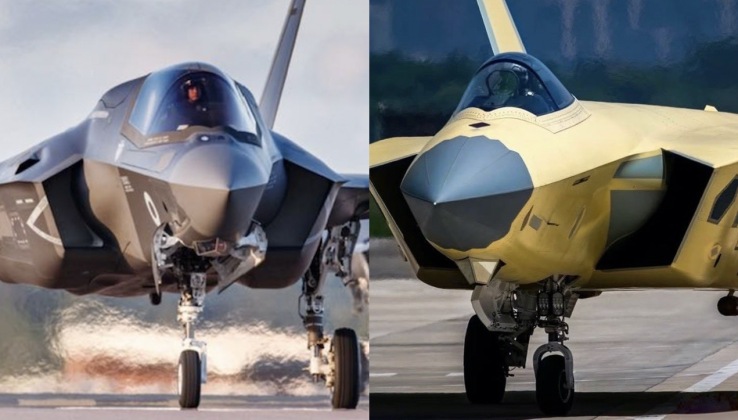News
U.S. Air Force Chief Warns China Could Have a Sixth Gen. Fighter Active First: Possibly Just Months Between Rival Programs
Head of the U.S. Air Combat Command General Mark Kelly has warned that the Chinese People’s Liberation Army could begin to field sixth generation fighter before the United States Air Force, with the two considered in a league of their own in competing to develop such an aircraft first. “I cannot tell you today what’s going on in China except they’re planning for their 20th National Party Congress [in October]. But I can tell you what’s not happening. They’re not having a debate over the relevance of six-gen air dominance. And I can also tell you they’re on track,” he said at the Air and Space Force Association’s Air, Space and Cyber conference. This was hardly the first statement by senior officials to this effect, with General Kelly having previously highlighted in early 2021: “What I don’t know … is if our nation will have the courage and the focus to field this capability before someone like the Chinese fields it and uses it against us.” He stressed that although the Pentagon maintained a “keen focus” on next generation technologies, “we just need to make sure we keep our narrative up and articulate the biggest benefit we’ve had as a nation to have leading-edge technology ensuring we have air superiority.” In what may have been an effort to accelerate development in the face of competition, ambitions for America’s Next Generation Air Dominance fighter sixth generation program were toned down in June 2022, shortly after the aircraft began its engineering, manufacturing and development phase.

General Kelly notably gave the latest of several indications that the race to field a sixth generation fighter first could leave two aircraft from competing American and Chinese programs entering service within just months of one another, stating that the Air Force needed to “make sure we get to six-gen air dominance at least a month prior to our competitors.” This mirrors the current race to field a next generation strategic bomber first, with delays to the American B-21 program meaning it could make its first flight within months of and possibly behind its Chinese counterpart the H-20, both of which are expected to revolutionise their fleets’ intercontinental range strike capabilities and be developed to operate in a wide range of other roles. Sixth generation fighters are expected to become operational around 2030, and to leave all existing fighters including the few fifth generation classes operational effectively obsolete. China and the United States are currently the only countries to field indigenous fifth generation fighters at squadron level strength, with the J-20 in production in the former set to soon be followed by the FC-31 while the F-35 is produced in the United States. Although the Soviet Union was previously a frontrunner in developing fifth generation technologies with its MiG 1.42 program, and was expected to take the lead in the sixth generation, the state’s disintegration has left Russia well behind with its first full strength fifth generation squadron set to be formed only in 2024 – over 20 years behind projections for the Soviet Air Force.












